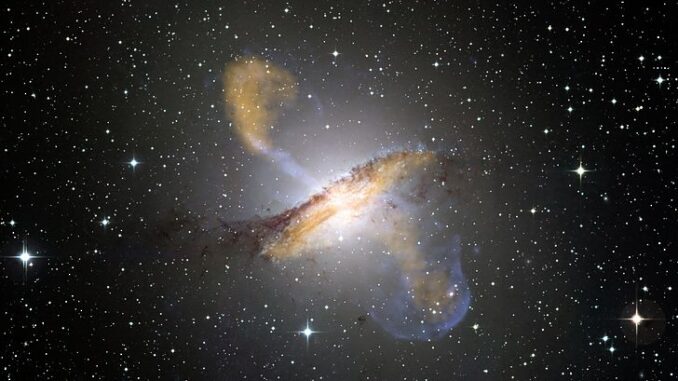
Billions of years in the future, astrophysicists theorize that our Sun will use up the last of its fuel. Under massive gravitational pressure, it will collapse in on itself and eventually become what astronomers call a ‘white dwarf’, primarily consisting of a carbon and oxygen core with a relatively shallow outer layer of hydrogen and helium. It won’t emit sunlight anymore, but it will emit heat as it cools. (The heat emmissions will cause the dead star to faintly glow white).
Just like when water cools until it freezes and forms solid ice, as the carbon and oxygen in the core cool, it will form a crystal very much like a diamond found here on earth (except on a grand scale). So goes the theory tossed around since the 1960s. Researchers at the Harvard-Smithsonian Center for Astrophysics have in recent decades tested the hypothesis on an existing white dwarf star only 50 light-years from Earth and demonstrated the validity of the theory.
That white dwarf is officially known by its catalog number BPM 37093 (a.k.a. V886 Centauri). With a diameter measuring roughly only a bit more than 4,000 km (2,500 miles, or under a third of the Earth’s diameter) it has a mass 1.1 times the mass of the Sun. Our Sun, in comparison, has a diameter of about 1.4 million km (870,000 miles). BPM 37093 is very dense indeed as well as the largest white dwarf yet discovered. Located in the constellation Centaurus, it’s best observed from the southern hemisphere.
Astronomers noticed in 1992 that BPM 37093 was a variable star, meaning that the amount of light it emitted (however faint) varied. Further study revealed that the variability was because the white dwarf was pulsating, similar to the shockwaves caused by an earthquake, or to use another analogy, it rang like a bell. So, shockwave or soundwave, the point is a wave reverberates through the body of the dead star. Astrophysicists learned this wave is caused by the cooling of the star, and that the pulsating began when the temperature of the core fell below 6,600° Celsius (12,000° Fahrenheit). With this knowledge in hand, they realized they could use a technique similar to seismology to study the interior of BPM 37093.
Seismology on Earth takes advantage of vibrations (shockwaves) pulsing through the earth to study the core of the planet. Asteroseismology a.k.a. Stellar Seismology used the pulsating light from the white dwarf to discover and confirm that the interior of BPM 37093 is the largest diamond known to mankind. The two largest diamonds found on Earth are the Great Star of Africa (530-carats) and the Golden Jubilee Diamond (545-carats). The diamond core of BPM 37093 is estimated to be 10 billion trillion trillion carats.
In light of this discovery, astrophysicists have named BPM 37093 “Lucy” after the Beatle’s “Lucy in the Sky With Diamonds”.
Question of the Night: Do you enjoy and value jewels?
